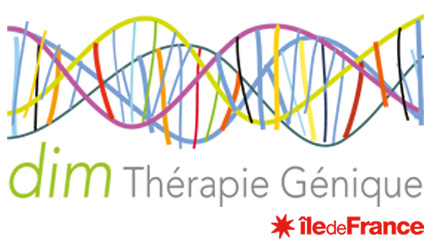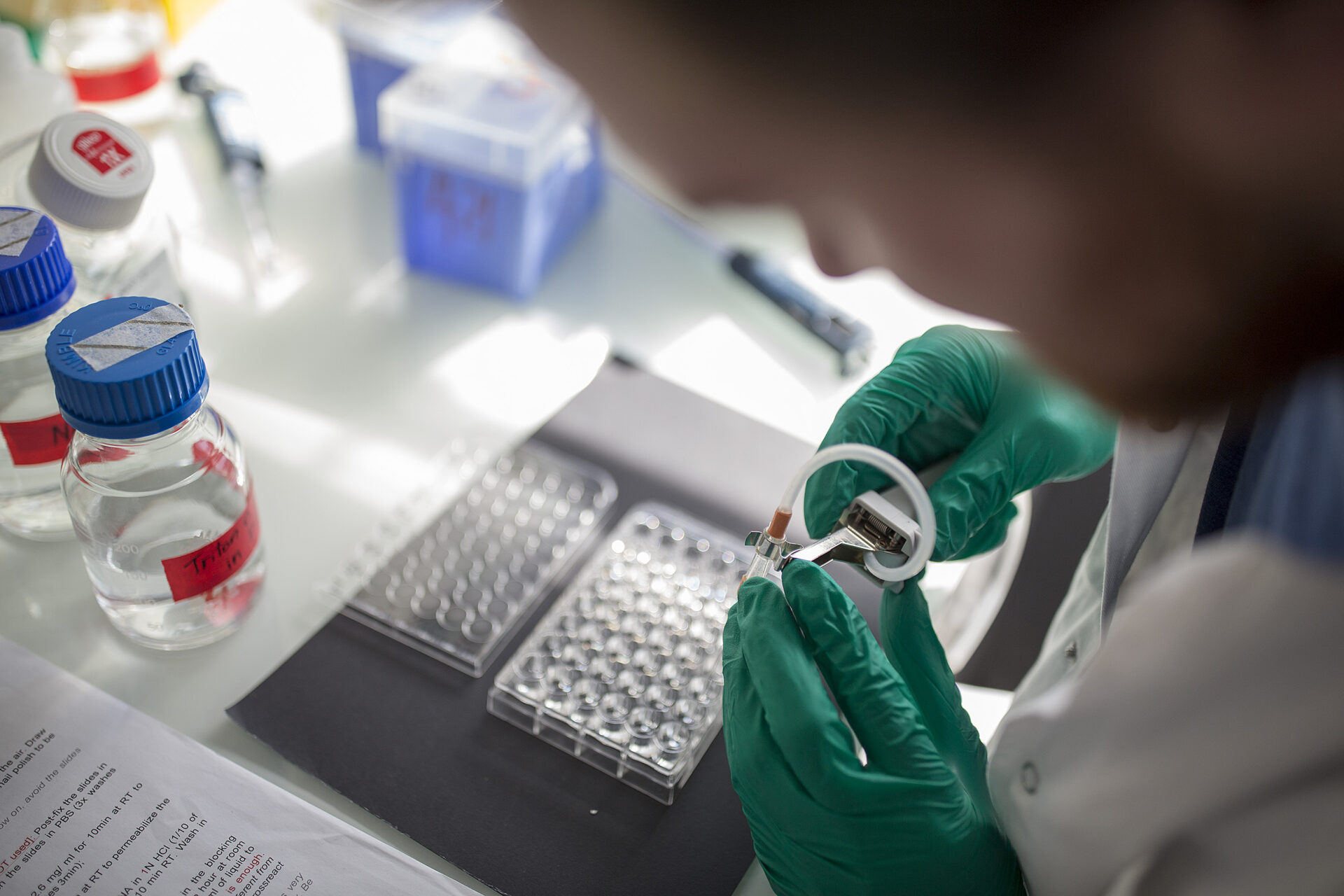In a new study published in the journal Blood, researchers from the “Chromatin and Gene Regulation during Development” team, led by Annarita Miccio, at Institut Imagine (Inserm, APHP, Université Paris Cité), have developed a strategy based on new genome editing tools to effectively correct a mutation responsible for beta-thalassemia, a genetic disease affecting the production of red blood cells.
Beta-thalassemia is a genetic disease responsible for insufficient production of hemoglobin, a protein present in red blood cells and dedicated to the transport of oxygen throughout the body. In the most severe forms, this hemoglobin deficiency causes severe anemia requiring regular blood transfusions.
In total, there are more than 300 types of mutations that can cause beta-thalassemia, and the distribution of these mutations varies greatly from region to region. In a publication in the journal Blood, the team “Chromatin and gene regulation during development”, led by Annarita Miccio, at the Imagine Institute (Inserm, APHP, Université Paris Cité) has developed a promising gene therapy to correct one of these mutations, which is particularly frequent in Mediterranean populations.
A strategy based on base editing
“This mutation is characterized by the replacement of a “G” base by an “A” base in the gene coding for beta globin, one of the two subunits of hemoglobin. In our study, we have developed a strategy to correct exactly this error in hematopoietic stem cells, which are immature bone marrow cells capable of differentiating into any blood cell, including red blood cells,” explains Giulia Hardouin, PhD, first author of the study.
This strategy consists of using what are called “base editors”, which are among the most recent techniques in the arsenal of genome editing tools. Base editing techniques can modify the base of one’s choice (A, T, C or G) without having to cut the DNA strands, as is required by CRISPR-Cas9, the technique most widely used in research laboratories, and which earned Emmanuelle Charpentier and Jennifer Doudna the Nobel Prize for Chemistry in 2020. This will improve the safety of gene therapy.
To prove the effectiveness of this approach, Annarita Miccio’s team had to conduct several experiments. “First, we checked in vitro whether the correction made to the hematopoietic stem cells was indeed found in the red blood cells, which was the case,” says Giulia Hardouin.
75% of hematopoietic cells are corrected
Next, the researchers demonstrated that the stock of genetically corrected stem cells was maintained at a sufficient level over the long term. To do this, they injected corrected stem cells into mice. “After 16 weeks, we could observe that these corrected cells were maintained in the bone marrow of the mice. 16 weeks is the equivalent of the long term in humans”, explains the researcher. “We can therefore consider that the effect of this transplant is effective in the long term. We have also shown that up to 75% of hematopoietic stem cells are corrected, knowing that we consider that 20 to 30% is largely sufficient to be effective”.
Another important point is that the hemoglobin in circulating red blood cells returns to normal levels. Although it will take time to move from the laboratory to the bedside, this work is promising and brings hope to patients with this mutation.


